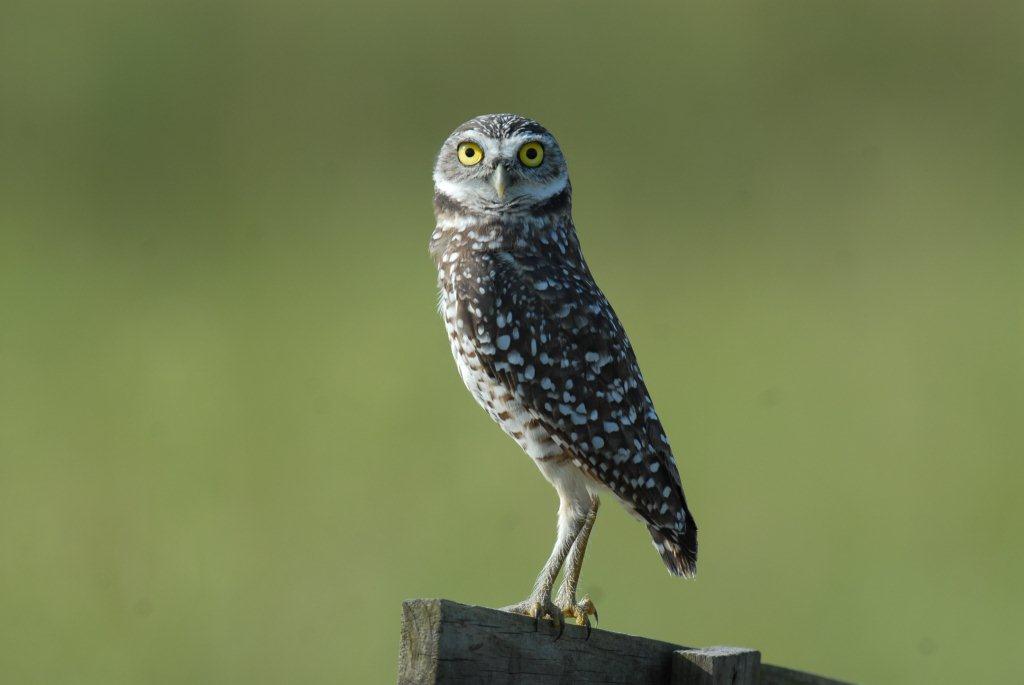
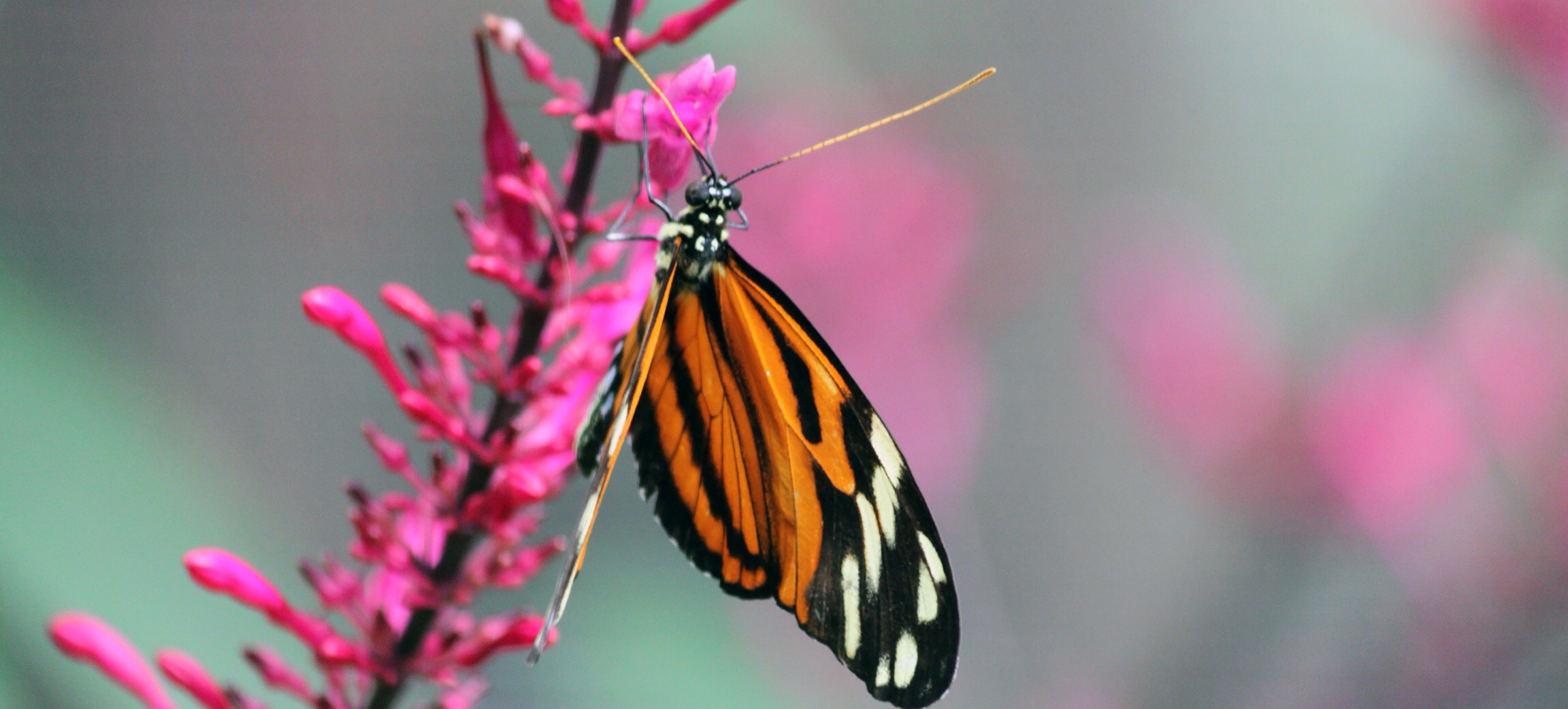
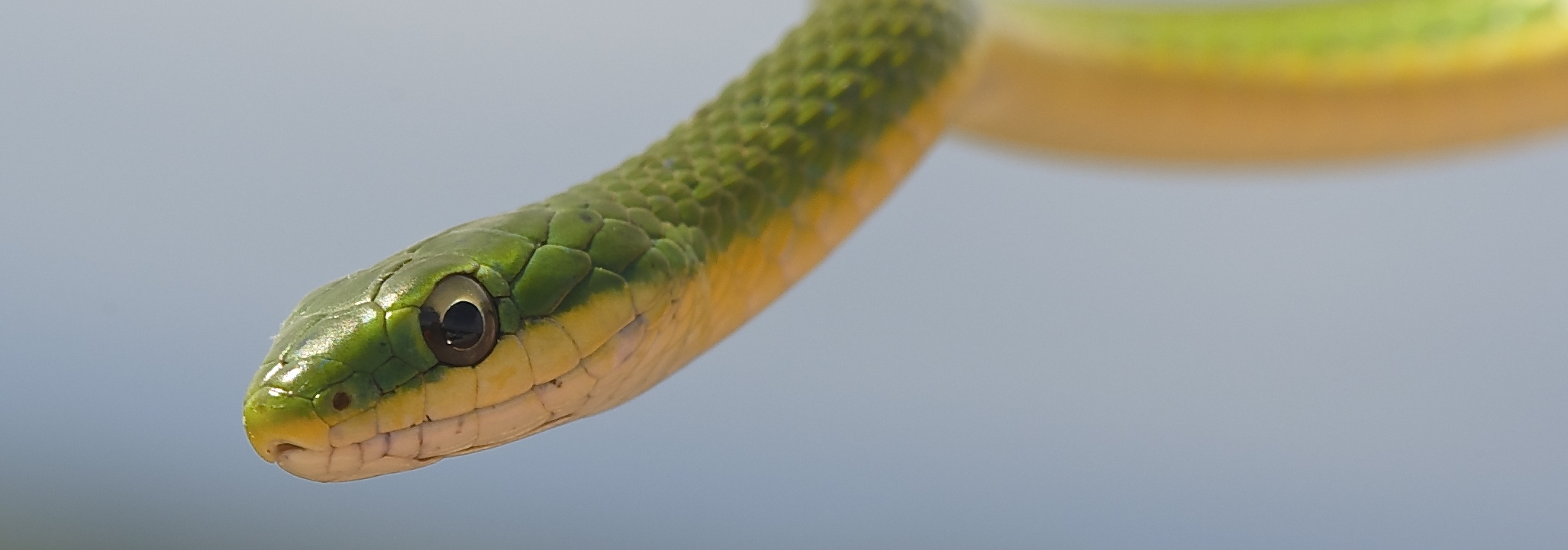
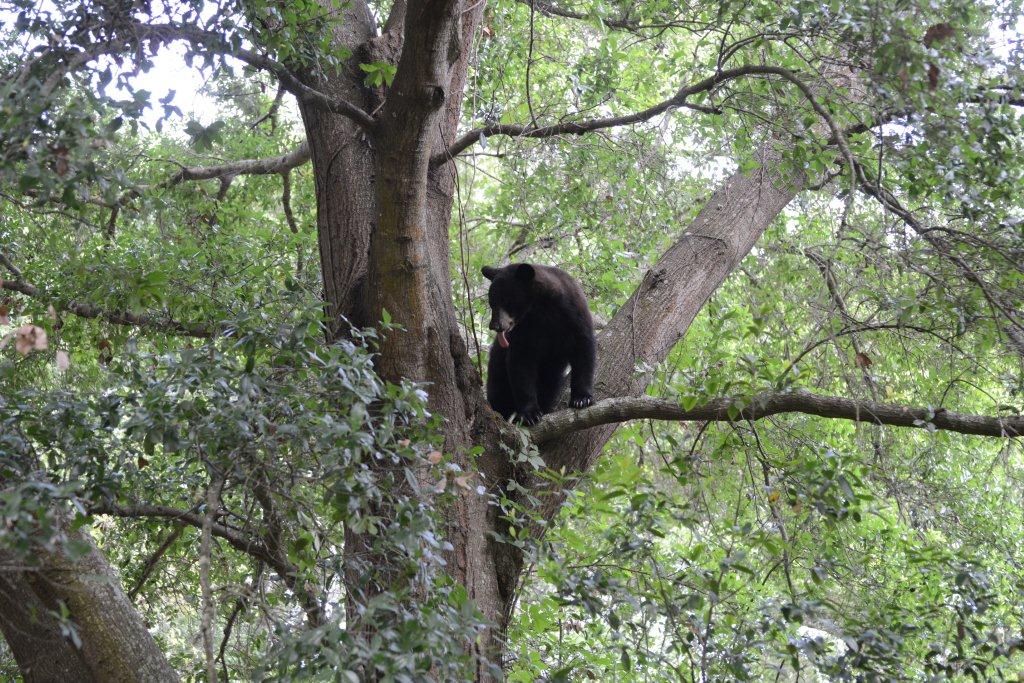


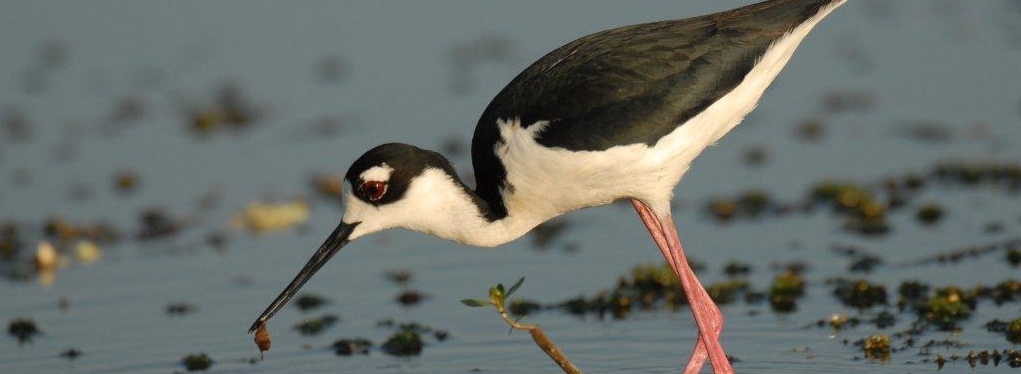

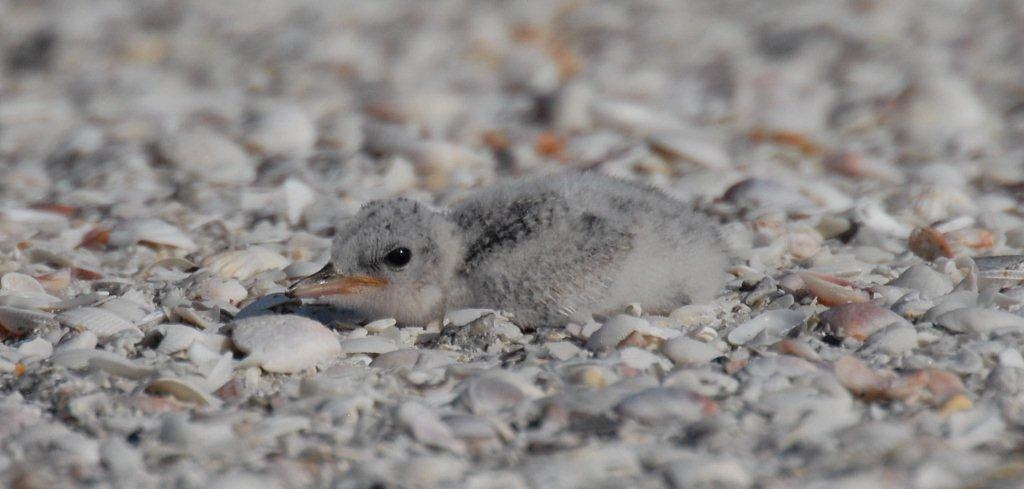

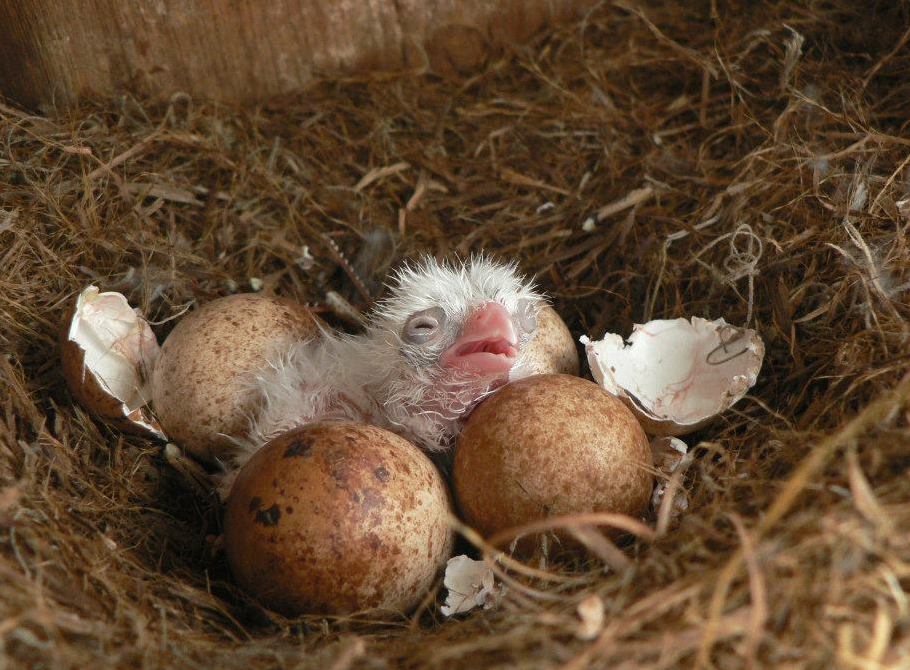
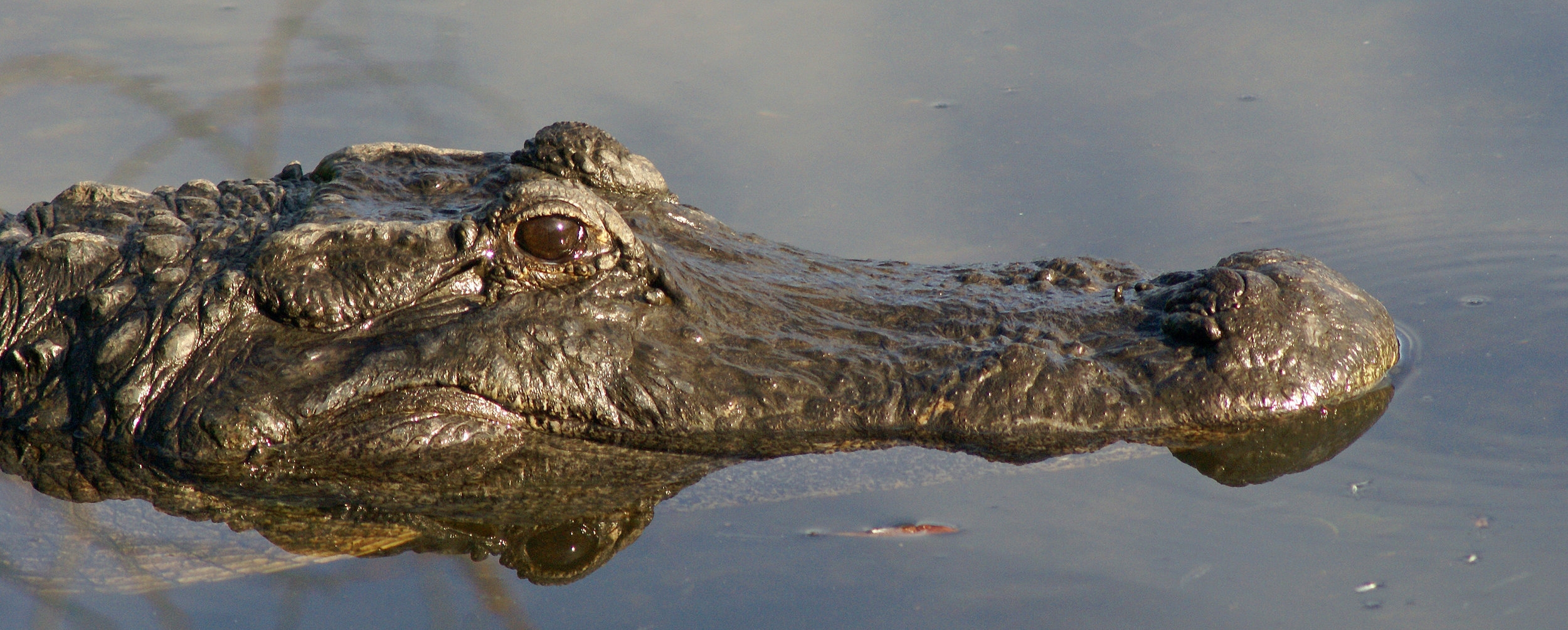

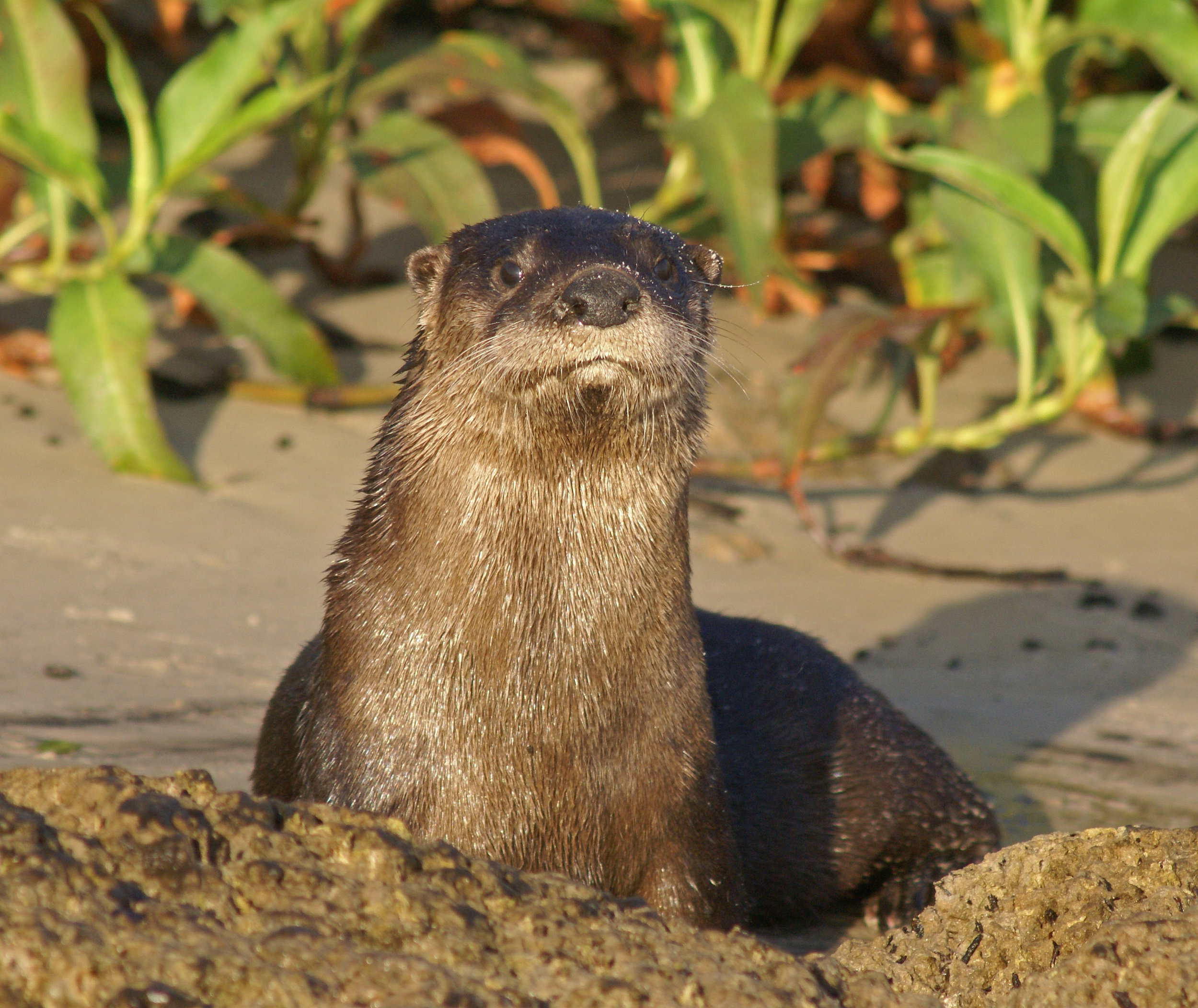

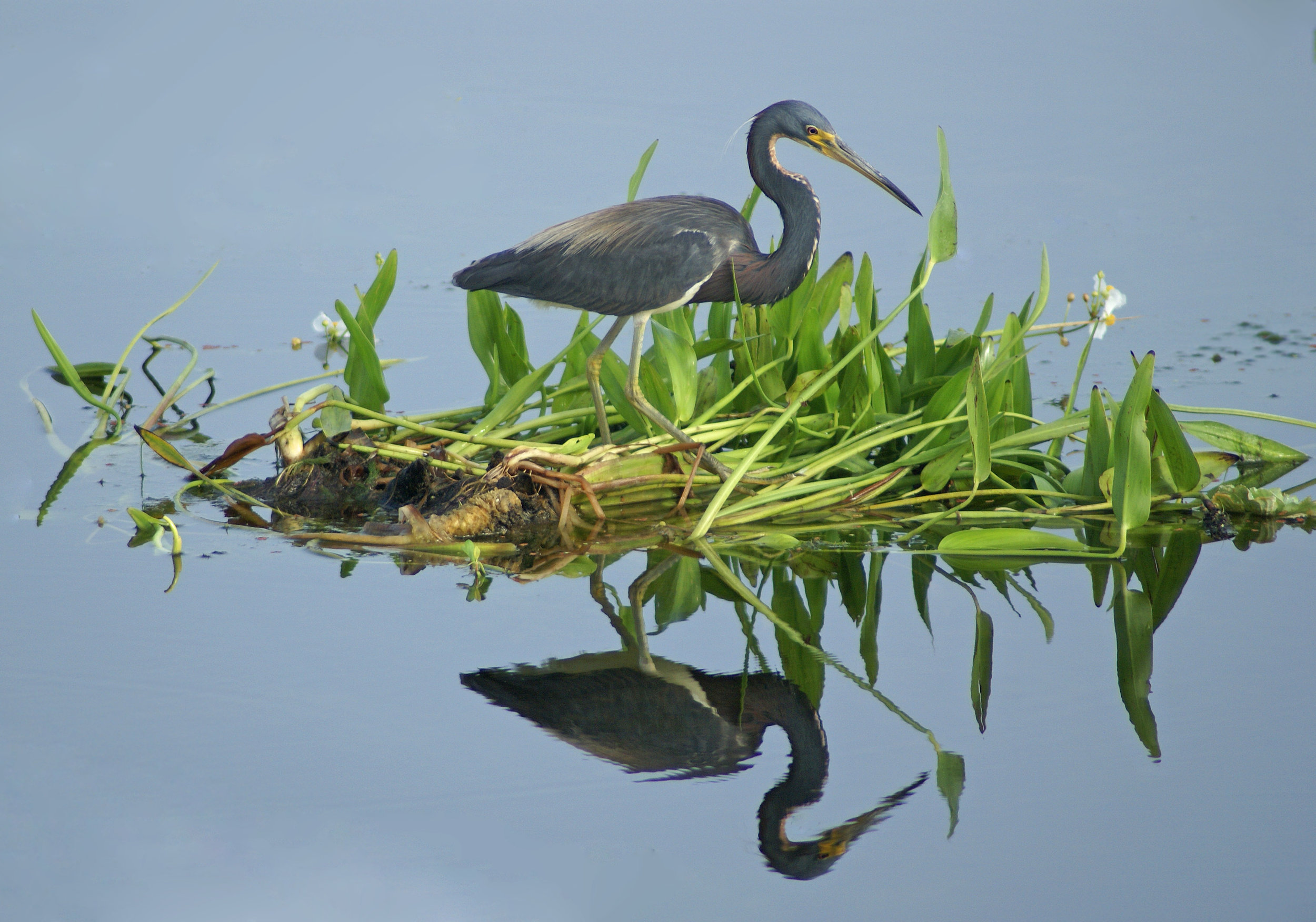
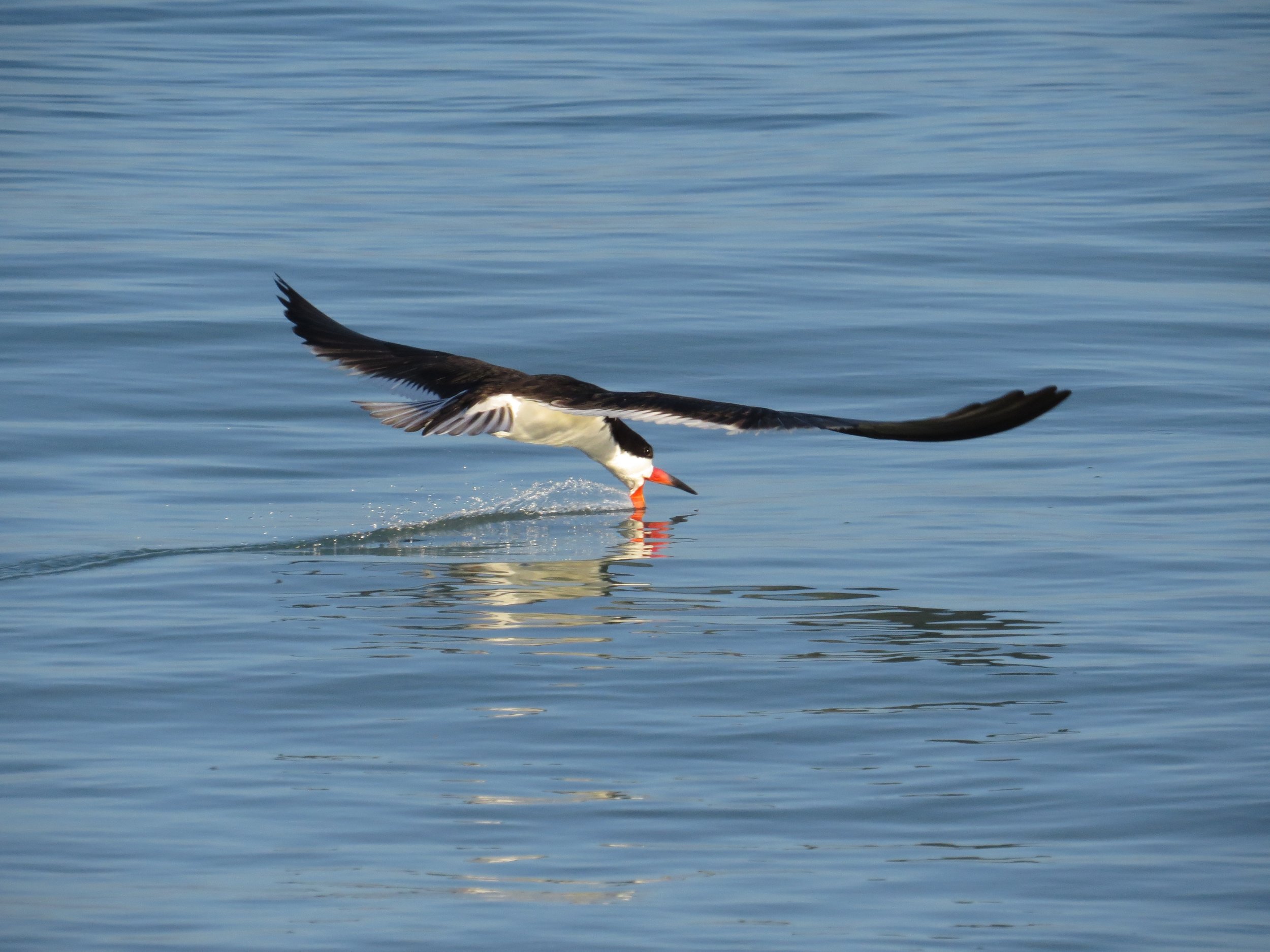
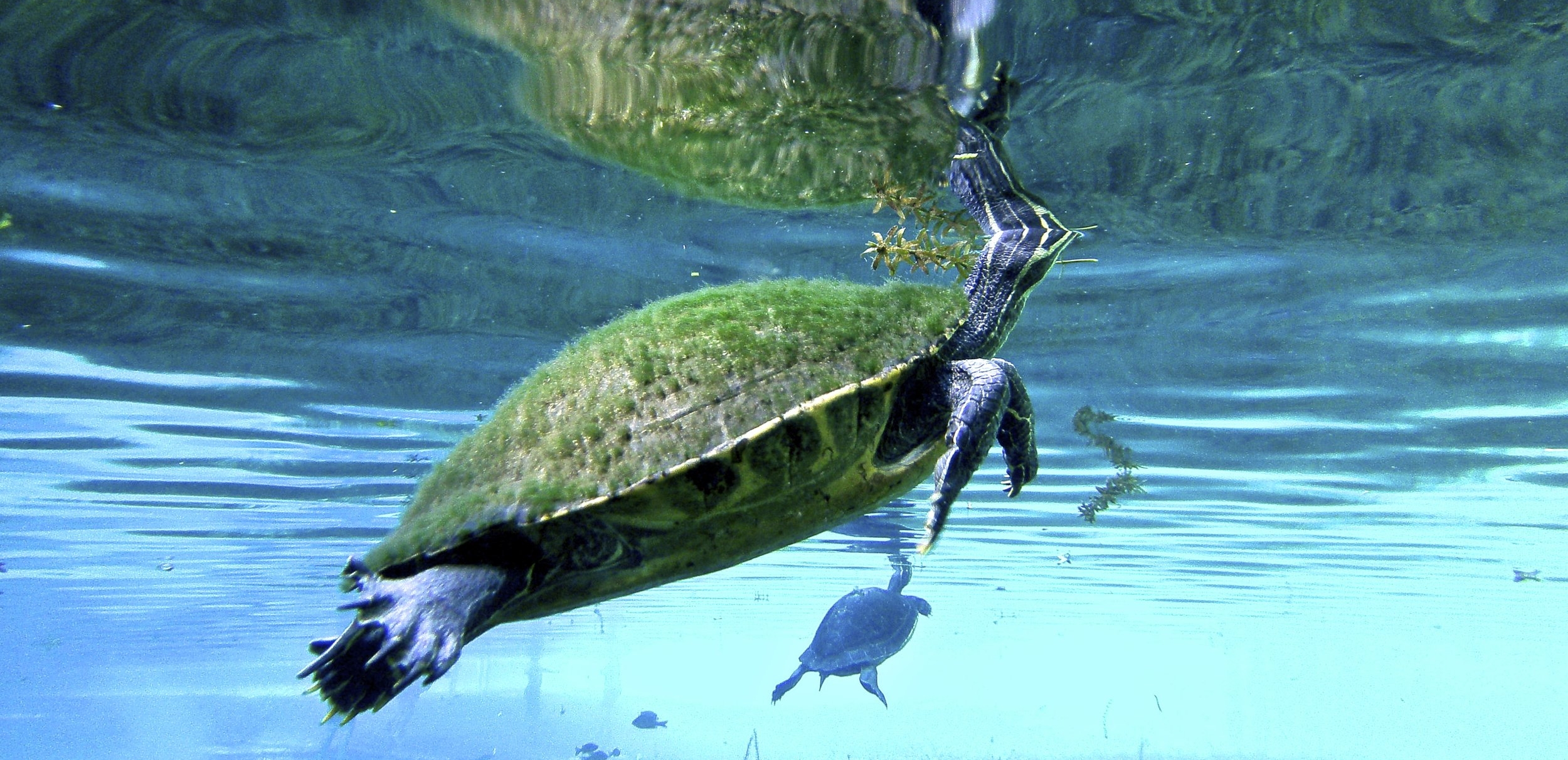
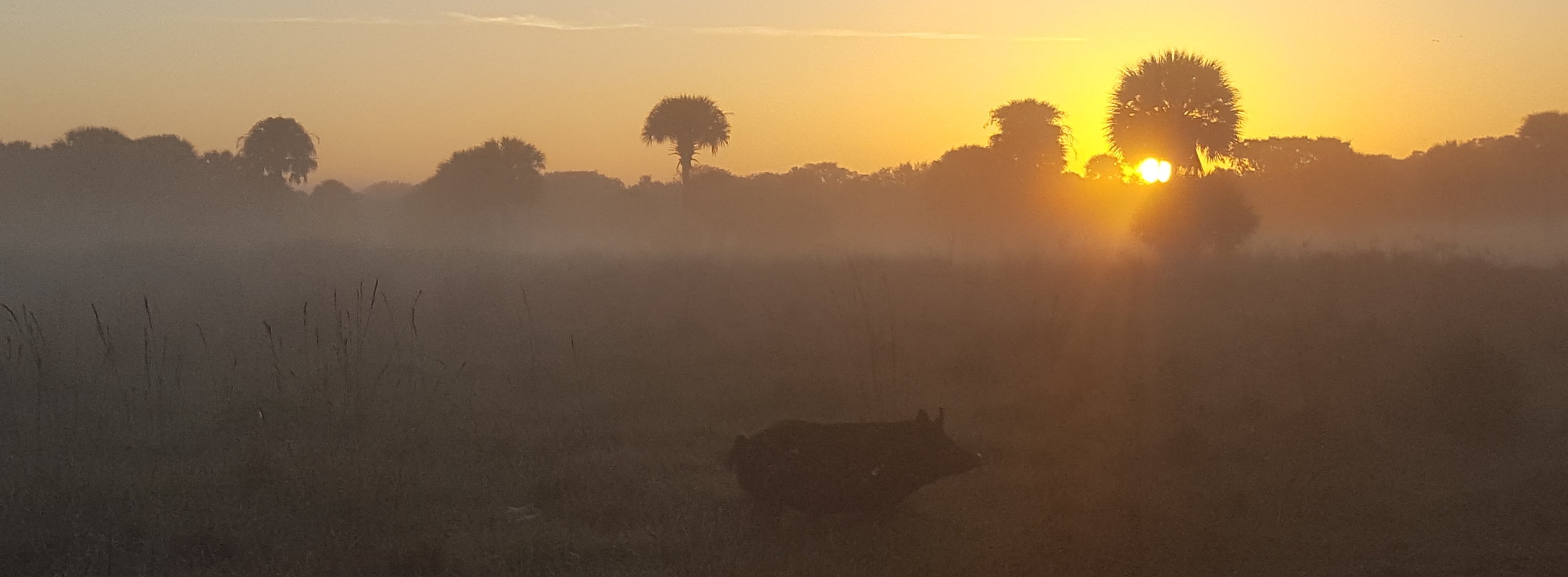
Save the Date! The FLTWS 2026 Spring Conference will be held April 15-17, 2026 in Cocoa Beach, FL. Click HERE for more information.
FLTWS is seeking applicants for:
The 2026 Courtney Tye Graduate Student Memorial Scholarship ($2,000)
The 2026 Greater Everglades Undergraduate Student Memorial Scholarship ($1,500)
The 2026 FLTWS Diversity Undergraduate Wildlife Student Scholarship ($1,500).
The Florida Chapter of The Wildlife Society is pleased to announce the winners of our 2025 Awards of Excellence!
We are pleased to announce that Amelia Hornyak is the recipient of the 4th biennial Field Course Tuition scholarship offered by the Florida Chapter of The Wildlife Society (TWS). Click this news item to read more!
The Florida Chapter of The Wildlife Society is pleased to announce that Alessandra Pandolfi (UCF PhD candidate) and Jessica Wimmer (FAU PhD candidate) are the 2025 co-recipients of the Courtney A. Tye Memorial Graduate Student Scholarship. Sol Lima of the University of Florida is the recipient of the 27th annual Greater Everglades Student Memorial Scholarship, and Jaylene Velasquez-Salguero of the University of Florida is the recipient of the 7th annual Undergraduate Diversity Student Scholarship.
Please mark your calendars for the 5th Annual DeLuca Bioblitz, taking place on Friday, March 6th, 2026, at the University of Florida’s DeLuca Preserve in Osceola County. Click this link for more information.
In the early 1900s, wild turkey (Meleagris gallopavo) populations declined significantly throughout the United States, due to habitat destruction and unregulated subsistence hunting. As late as the Great Depression, fewer than 30,000 wild turkeys remained in the entire United States. Early restoration efforts focused on releasing pen-raised birds, but efforts were met with extreme disappointment due to poor survival rates among the pen-raised birds. This approach hampered the wild turkey's comeback for nearly two decades. It took the creation of the cannon net before wildlife agencies could successfully begin restoration of wild turkey populations by trapping and transferring large flocks of wild turkeys to areas of suitable habitat. Wild turkeys currently occupy 99 percent of suitable habitat in North America. Today more than 7 million birds can be found throughout North America thanks to the efforts of state, federal and provincial wildlife agencies, the NWTF and its members and partners.
The elusive Florida bonneted bat (Eumops floridanus) occurs nowhere in the world but south Florida, and is believed to have the most limited geographic distribution of any species of bat in the U.S. However, so little is known about these bats that even the size of the species range is uncertain!
The bonneted bat is Florida’s largest Chiropteran species, with a wingspan of up to 20 inches. (To put this in perspective, most of Florida’s bat species have a 10-12 inch wingspan.) The ears of these bats are broad and forward-facing, giving their heads the appearance of a bonnet.
The FWC asks you to report sightings of the rare Rainbow Snake https://content.govdelivery.com/accounts/FLFFWCC/bulletins/3ee59e7
Click this story to read more.
402 properties are currently being reviewed and ranked in the 2025 Project Cycle of the Rural and Family Lands Protection Program. Click here to learn more.
The Wildlife Society’s Joshua Rapp reports on a recently published study where researchers “tracked the survival rates of gopher tortoises translocated to Nokuse, a 55,000-acre property on the Florida Panhandle near Panama City that hosts reintroduced gopher tortoises moved as mitigation measures and conducts longleaf pine restoration and other conservation work”. Click HERE to read the story.
Help biologists learn more about Florida’s wild turkey populations by reporting all wild turkeys you see during your normal daily activities from June 1 to Aug. 31.
We’re interested in sightings of hens with and without poults (young wild turkeys), and male birds (jakes and gobblers) from all regions of the state, including rural and developed areas. When reporting numbers of poults, be sure to look carefully because young birds may be difficult to see in tall grass or brush.
The Sunshine State is home to healthy wild turkey populations. They occur throughout Florida and prefer open forests and forest edges and openings. Our biologists conduct this survey each year to learn more about annual nesting success, brood survival, and distribution and abundance of wild turkeys.
Learn more about the FWC’s summer wild turkey survey.
Report your wild turkey sightings online: bit.ly/3qtVbVF OR by using the Survey123ArcGIS app: bit.ly/3OVVP8n
Today, Governor Ron DeSantis and the Cabinet approved an investment to protect nearly 28,000 acres of Florida’s natural lands and link existing conservation areas. Today’s actions also mark the first acquisition within the Caloosahatchee-Big Cypress Corridor, an important Everglades and panther habitat.
Click this news item to read more.
With more than 6 million acres of state-managed conservation lands, options for experiencing wild Florida can be difficult to narrow down. The Florida Fish and Wildlife Conservation Commission (FWC) is proud to announce the WMA Recreation Finder, an interactive virtual map for Florida residents and visitors looking to find their perfect outdoor experience on public lands. Click this story to read more.
Help biologists learn more about Florida’s wild turkey populations by reporting all wild turkeys you see during your normal daily activities from June 1 to Aug. 31.
We’re interested in sightings of hens with and without poults (young wild turkeys), and male birds (jakes and gobblers) from all regions of the state, including rural and developed areas. When reporting numbers of poults, be sure to look carefully because young birds may be difficult to see in tall grass or brush.
The Sunshine State is home to healthy wild turkey populations. They occur throughout Florida and prefer open forests and forest edges and openings. Our biologists conduct this survey each year to learn more about annual nesting success, brood survival, and distribution and abundance of wild turkeys.
Learn more about the FWC’s summer wild turkey survey.
Report your wild turkey sightings online: bit.ly/3qtVbVF OR by using the Survey123ArcGIS app: bit.ly/3OVVP8n
Florida Fish & Wildlife Conservation Commission sent this bulletin at 11/17/2021 12:59 PM EST
For Immediate release: Nov. 17, 2021
Contact: Carli Segelson, 772-215-9459, Carli.Segelson@MyFWC.com
Michelle Kerr, 727-282-7642, Michelle.Kerr@MyFWC.com
Suggested Tweet: To modernize, align with @FishWildlife best management practices, @MyFWC is evaluating trapping rules. Public feedback welcome. https://content.govdelivery.com/accounts/FLFFWCC/bulletins/2fca46b #Florida
FWC evaluates trapping rules, seeks public input
The Florida Fish and Wildlife Conservation Commission (FWC) is seeking public feedback as staff begin to evaluate rules addressing regulated wildlife trapping. Staff are exploring possible changes to modernize trapping rules to align with the Association of Fish and Wildlife Agencies’ best management practices in support of species-specific and humane trapping methods.
The Florida Fish and Wildlife Conservation Commission (FWC) has launched a new community science project aimed at learning more about Florida’s skunk populations.
The Sunshine State is home to two species of skunks, the striped skunk and the smaller eastern spotted skunk. Both are thought to be found throughout the state and biologists are hoping to involve the public in collecting observations to learn more about the distribution of both species and the types of habitats in which they are found.
Sponsors
Your logo could go here.
Scroll to the bottom of our webpage for details.
JOBS
(click heading for full list)
BECOME OUR SPONSOR
If you have any questions about FLTWS sponsorship, please reach out to our Fundraising Committee members
Larry Perrin and Mark Ausley at fundraising@fltws.org










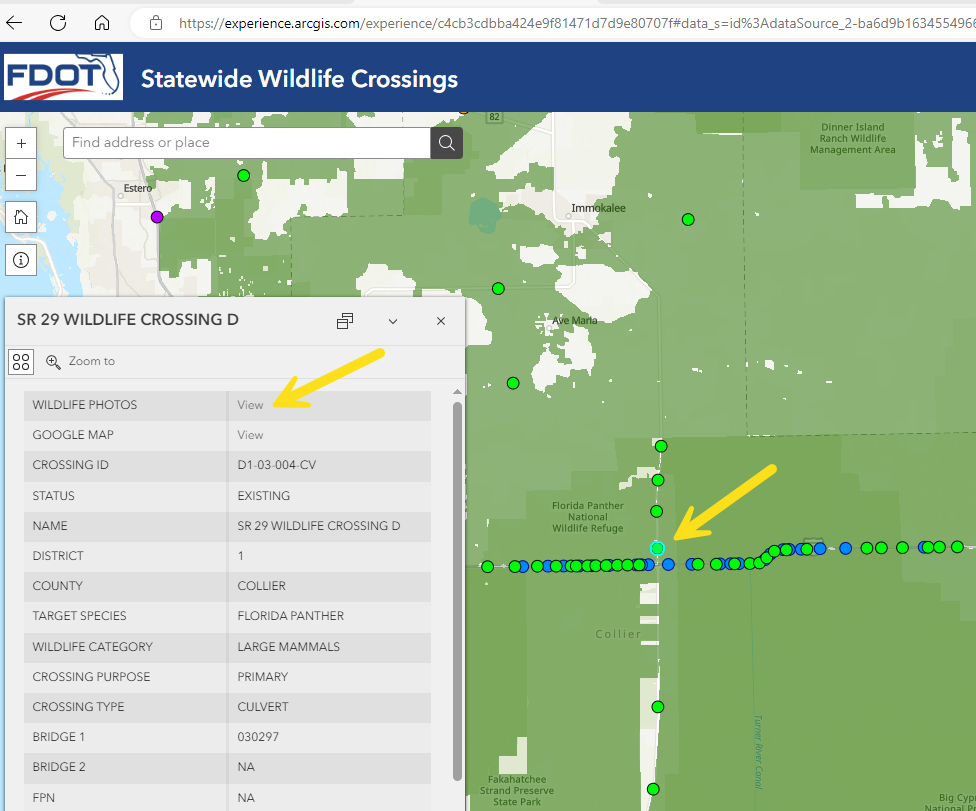










The latest issue of our FL Chapter newsletter is out! It includes a message from the President, a recap of the Fall Meeting and Workshop, 2025 scholarship and awards winners, Spring Conference announcement, and other important chapter news and announcements.